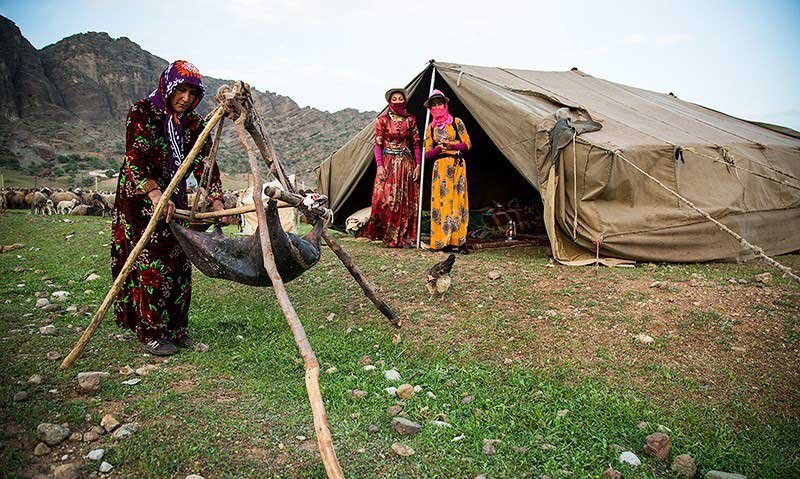Original Source : https://www.tehrantimes.com/news/479062/Kohgiluyeh-and-Boyer-Ahmad-has-untapped-potential-for-tribal
TEHRAN – The November 26, 2022 - 18:25
Kohgiluyeh and Boyer-Ahmad province has great potential to become a tribal tourism hub, the deputy provincial tourism chief has said.
The province has 70,000 nomadic people, so it has enormous potential to generate income in this area through tribal tourism, IRNA quoted Farshid Karami as saying on Saturday.
However, no investment has been made so far in this area, which is why this branch of tourism in this region needs to attract private investors to thrive and flourish, the official added.
In the nomadic areas of the province, ancient Iranian traditions, local clothing, traditional music, and local food could attract travelers, he noted.
Through tribal tourism, nomads’ handicrafts and livestock products are sold, and travelers get to know their customs, so subcultures are less likely to be forgotten, he mentioned.
This branch of tourism also offers the opportunity for tourists to purchase the products of nomads directly, since they are produced right in front of their eyes, he stated.
As a result, travelers can purchase cheaper goods from the market, while nomads don’t have to bear transportation costs for selling their goods, he explained.
The southwestern province is known for its nomads and nomadic life. Sightseers may live with a nomadic or rural family for a while or enjoy an independent stay and assist them with day-to-day life. It also opens up an opportunity to feel rustic routines, their agriculture, traditions, arts, and culture.
Nomads and tribal tourism
Tribe tourism, also known as ethno-tourism or ethnic tourism, provides the grounds for potential sightseers to feel like indigenous people by living with a nomad or rural family or enjoying an independent stay. However, as the name implies, it’s a trip for recreational purposes rather than an expedition for anthropological research.
Experts say this branch of tourism has gained a lot of support and attention in the country over the past couple of years. Many tour operators believe that tribal regions could be deemed as the legacy of human authenticity in their novel cultural and human aspects.
Iran has a culturally diverse society dominated by a wide range of interethnic relations. Native speakers of Persian (Farsi language) are considered as the predominant ethnic generally of mixed ancestry, and the country has important Turkic, Kurd, and Arab elements in addition to the Lurs, Baloch, Bakhtiari, and other smaller minorities such as Armenians, Assyrians, and Jews. Persians, Kurds, and speakers of other Indo-European languages in Iran are descendants of the Aryan tribes who began migrating from Central Asia into what is now Iran in the second millennium BC.
Accompanying nomads during their migration, even for a day or two, maybe a lifetime experience. As a traveler, one has the chance to visit, live, eat, and sleep in a nomadic camp with a real nomadic family. Colorful dresses, vast black tents, colored-eyed children with rosy cheeks, a modest lifestyle, scenic landscape, and local dishes are probably among the delights of such visits.
Language, music, indigenous cuisine, clothing, songs, anecdotes, crafts, live performances, and local rituals such as celebrations and wedding ceremonies have always spurred many to experience life among the tribes.
Many nomads surprise visitors with dignity in their rough and overworked hands and integrity in their compassionate eyes at first sight. In popular Iranian culture, literature, and public opinion, nomads have always been a proud part of the nation.
ABU/AM

Comments
Post a Comment